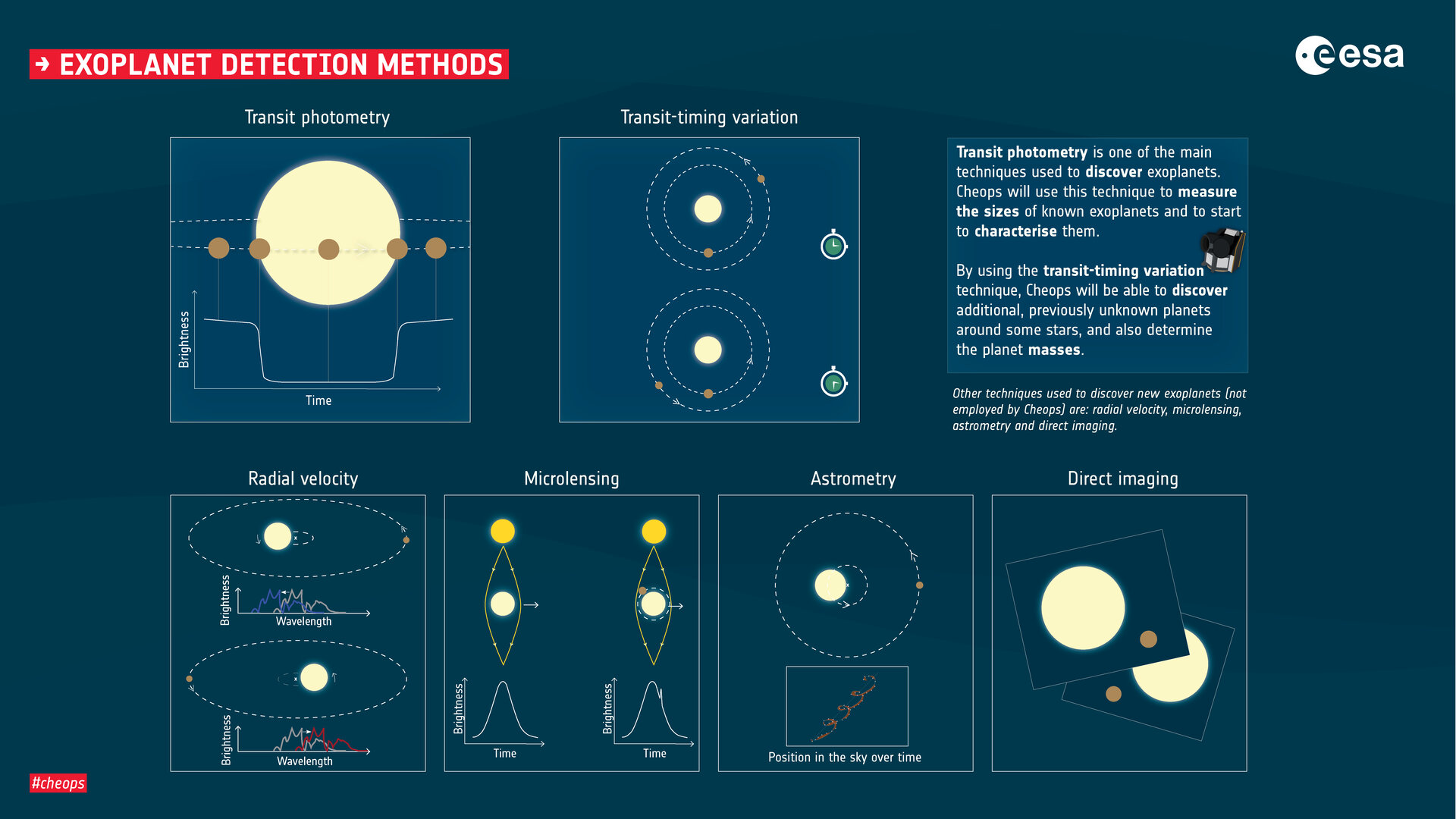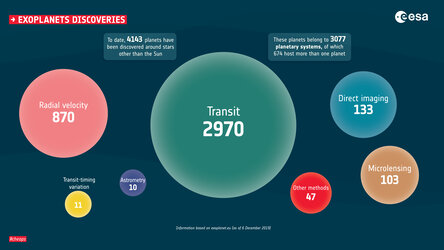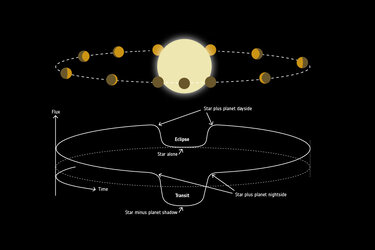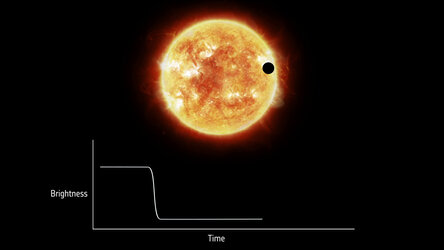

Science & Exploration
Exoplanet detection methods
Methods to detect extrasolar planets, or exoplanets.
Cheops, the Characterising Exoplanet Satellite, is ESA’s first mission dedicated to the study of extrasolar planets, or exoplanets. It will observe bright stars that are already known to host planets, measuring minuscule brightness changes due to the planet’s transit across the star’s disc – a method known as transit photometry. The mission will also discover previously unknown planets around some of these stars using the technique of transit-timing variations.
Other techniques used to discover exoplanets (not employed by Cheops) are: radial velocity; microlensing; astrometry; direct imaging.





